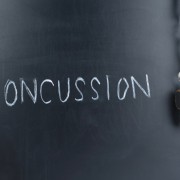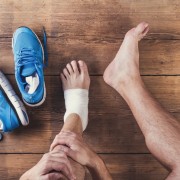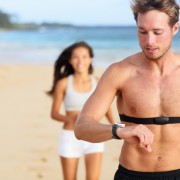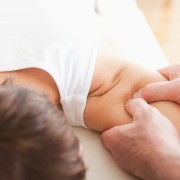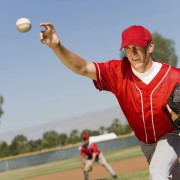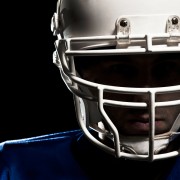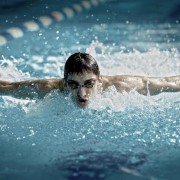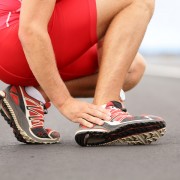5 of the Worst Sports Injuries An Athlete Could Encounter
Being an athlete takes determination and perseverance, and they always run a high risk of getting seriously injured. Professional athletes must take all precautions to prevent any injuries that can affect their performance and professional career. Although injuries can be prevented at times, this does not mean that accidents aren’t bound to happen! It’s unfortunate to see talented professional athletes lose their potential to perform to their fullest capacity because of a serious injury that hindered their professional career forever. Here is a list of the worst sports injuries that a professional athlete may encounter while out practicing any sport:
-
Severe Concussion
Concussions are common with athletes and are a devastating injury that can affect the motor function both in the short term and long term. Concussions have rapidly become a pressing issue in the NFL and are now altering the way sports are played. Experiencing a concussion weakens the body’s ability to perform accordingly and can have mental implications as well. Concussions cause athletes to be forced to take weeks up to months off from being able to do any normal activities. There are some cases where it can lead to not returning at all, and instead becomes a fast path for retirement! Some additional major issues that can occur from concussions are long-lasting effects in the in the memory and vision.
-
Torn ACL
ACL tears are extremely painful and often there is a detectable pop at the moment of the injury. The ACL is one of the main ligaments of the knee joint and is exceptionally important to stabilizing the knee joint. For athletes with a torn ACL, it is commonly necessary to get surgery in order to strengthen the muscles back to their original capabilities. There are also long term consequences with ACL tears, and about 65 percent of patients with a torn ACL experience a torn meniscus shortly after. When the injured person is determining if surgery is a personal option for their lifestyle or not, they must also consider the alternative, which is using strengthening program for a duration of ten months.
-
Torn Ulnar Lateral Ligament
The Ulnar Collateral Ligament is the tissue that keeps the inside of the forearm in tact with the outside of the forearm. Efforts related to throwing anything with the forearm can cause stress. If this is done repeatedly, that’s when the band tissue is likely to tear. Common amongst baseball and volleyball players, a torn Ulnar Lateral Ligament is immensely painful from the elbow all the way up till to the wrist. Exercises like throwing the ball hard into a far distance can be a culprit of this injury; if the ulnar lateral ligament tears they will hear a “pop” that causes them to feel excruciating pain. Physical therapy is a good way to treat a torn ulnar lateral ligament because it facilitates the healing processing by correcting movements, improving range of motion and strengthening the muscles. This is a good treatment to consider without having to go through any major surgery.
-
Broken Leg
The leg consists of three different parts: the fibula bone, the tibia bone and the thighbone. All three of these parts are prone to being broken in sports, becoming a major difficulty that is challenging for any athlete to overcome. Immediately following a strong force on the leg, the pain is sharp and only gets worst if the athlete tries to move the leg. If an athlete experiences these symptoms right after the impact, it’s important to seek medical attention immediately. Once a doctor takes a look at it he/she can take an x-ray to determine how impacted the leg is. The treatment for a broken leg is most commonly treated with a plaster cast worn to allow for bones to heal in a time frame of 7 weeks. It is also recommended to be in a rehabilitation program once the cast is removed in order to gain the strength needed for the leg to be at its best shape again.
-
Fractured Vertebrae
The vertebra is most commonly broken in the lower back area, just below the spine. This may just be one of the most dreaded injuries on the list since it can cost an athlete’s ability to move and end their sports career. The pain is primarily in the spine and can happen from any strong force that leads you to fall on your spine from extreme sports. The implications can be life threatening, an extreme injury can even lead to paralysis. Treatment for fractured vertebrae could include wearing a back brace or getting prescribed the right antibiotics that can help soothe the pain in the spine. Antibiotics including opiates will provide significant relief to fractured vertebrae. Another treatment that can help is exercise that includes stretching and a strengthening program will help the movement in the spine and lead to quicker healing process.

